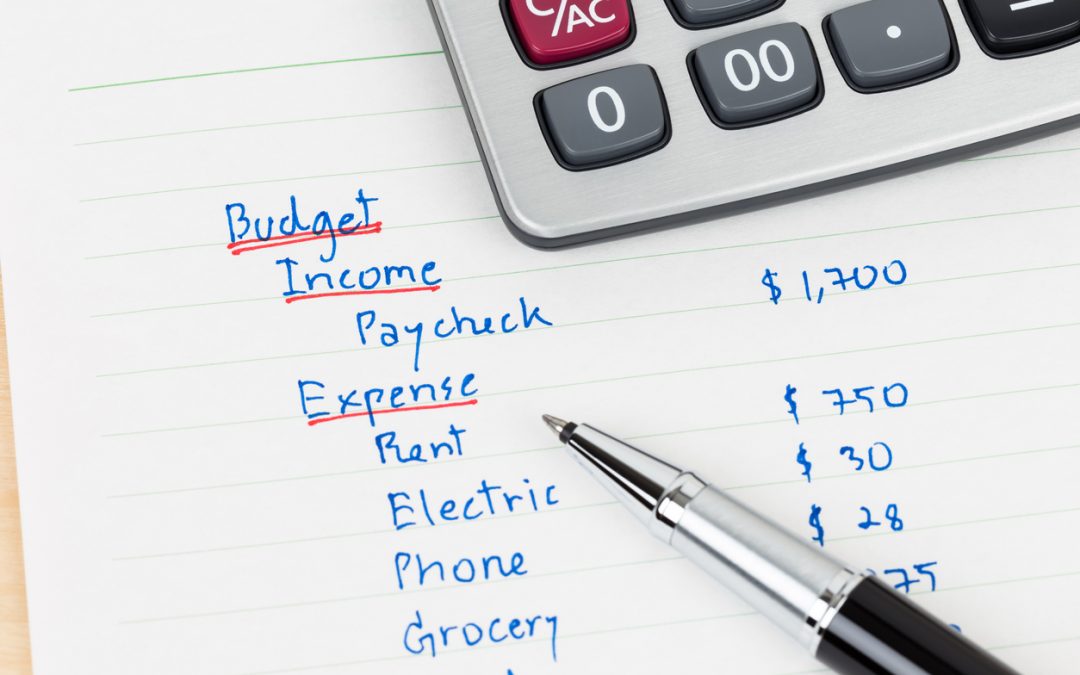At one time or another, almost all of us find ourselves with debt that seems to grow every month, and no obvious way out of it. Wouldn’t debt-free living be great?
The tips below could lead you down that path. So let’s get started.
Don’t budge from a budget
The first step to debt-free living to do is to draw up a budget for each month, based on your income.
What money do you have coming in, after Social Security, taxes and the like? With a fixed salary that should be easy to figure.
If you are self-employed and your income varies, work out an average for each month.
Next, list monthly expenses that should remain static (such as your mortgage payments or rent and utility bills) and those that are flexible (such as shopping, travel and entertainment).
Monitor your actual spending each month, and make adjustments if it doesn’t match up with what you budgeted.
Get detailed on debt repayment
Within that budget, include as much as you can toward paying off your debt.
Don’t just pluck a figure out of the air. Gather all your statements and record how much you still need to pay on each one, as well as the interest rates.
It’s helpful to set a timeline for when you want to be debt-free — say, three years — and work out how much you would need to pay to achieve that.
Take an interest in interest
Interest rates on your loans are highly variable. You might be able to negotiate a lower rate just by making a single phone call — especially if your credit rating is solid, and you’re regular and reliable in making payments.
Whether you’re successful or not, the interest rate is a good marker for a structured approach to free your life of debt. Identify the debt with the highest interest rate, and set a plan to pay more than the minimum on that account each month.
Meanwhile, you can pay the minimum on the others, and once your priority debt is paid off, use that money from your budget to tackle the next debt in the pecking order.
Try getting trim
With debt repayment, it’s easy to frighten yourself into thinking that you’ll need to make huge sacrifices. But it’s possible to trim some of the more unnecessary expenses instead, and maintain the lifestyle you enjoy.
For example, you can exercise to YouTube videos instead of paying a steep gym membership every month, take one fewer Starbucks coffee break during your workday, or try carpooling with a colleague to save on gas.
Over time, these little savings add up. Putting them toward paying off your debts gets you that much closer to being debt-free.
What else can you do?
There are other steps you can take to increase your income, such as turning a hobby into a side hustle or selling items you no longer need or want, to reduce the debt that’s weighing on you.
More money coming in means more money to dedicate to getting debt-free.
The bottom line
You can get rid of your debt if you take a level-headed approach and keep track of all the figures and variables involved.
Invest a little time each month for budgeting and expense tracking, stick to the plan, and work toward the peace of mind that comes with being debt-free.




